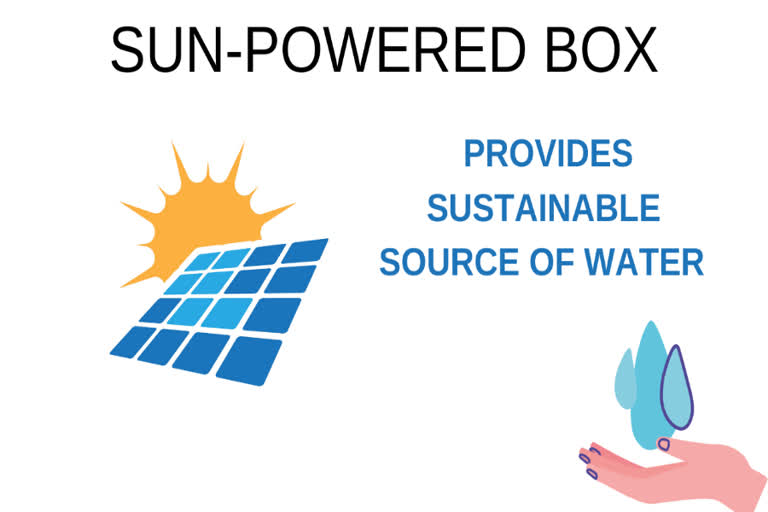New Scientist: Alina LaPotin at the Massachusetts Institute of Technology and her colleagues developed the apparatus. It contains a material called a zeolite, which takes up water vapour from the air at night. During the day, heat from the sun hits a solar collector and drives the release of the water from the material so it is suitable for use.
Because the zeolite is very porous and has a large internal surface area, it can adsorb the tiny quantities of water held in almost dry air, says LaPotin. Modelling based on initial tests of her team's device predicts it could produce water from air with relative humidity as low as 20 per cent – levels seen in deserts. Existing atmospheric water harvesting devices, such as fog harvesting and dewing systems, only work at relative humidity levels of at least 50 per cent.
Fog harvesting also has the disadvantage of being limited to areas with fog, and dewing systems need to consume a lot of energy to power refrigeration systems that cool air below its dew point, she says.
The box-shaped solar device is made of acrylic, aluminium and copper, and weighs about 7 kilograms. During tests, it was able to produce 0.77 litres of water each day for every square metre of the solar collector (Joule, doi.org/fdnj).
LaPotin says her team is investigating ways to increase the amount of water that can be absorbed by the material inside the device, to increase its efficiency further. "New materials are being developed which have a higher uptake," she says.
(c) 2020 New Scientist Ltd.
Distributed by Tribune Content Agency, LLC
Also Read: Inside the Nothingness



